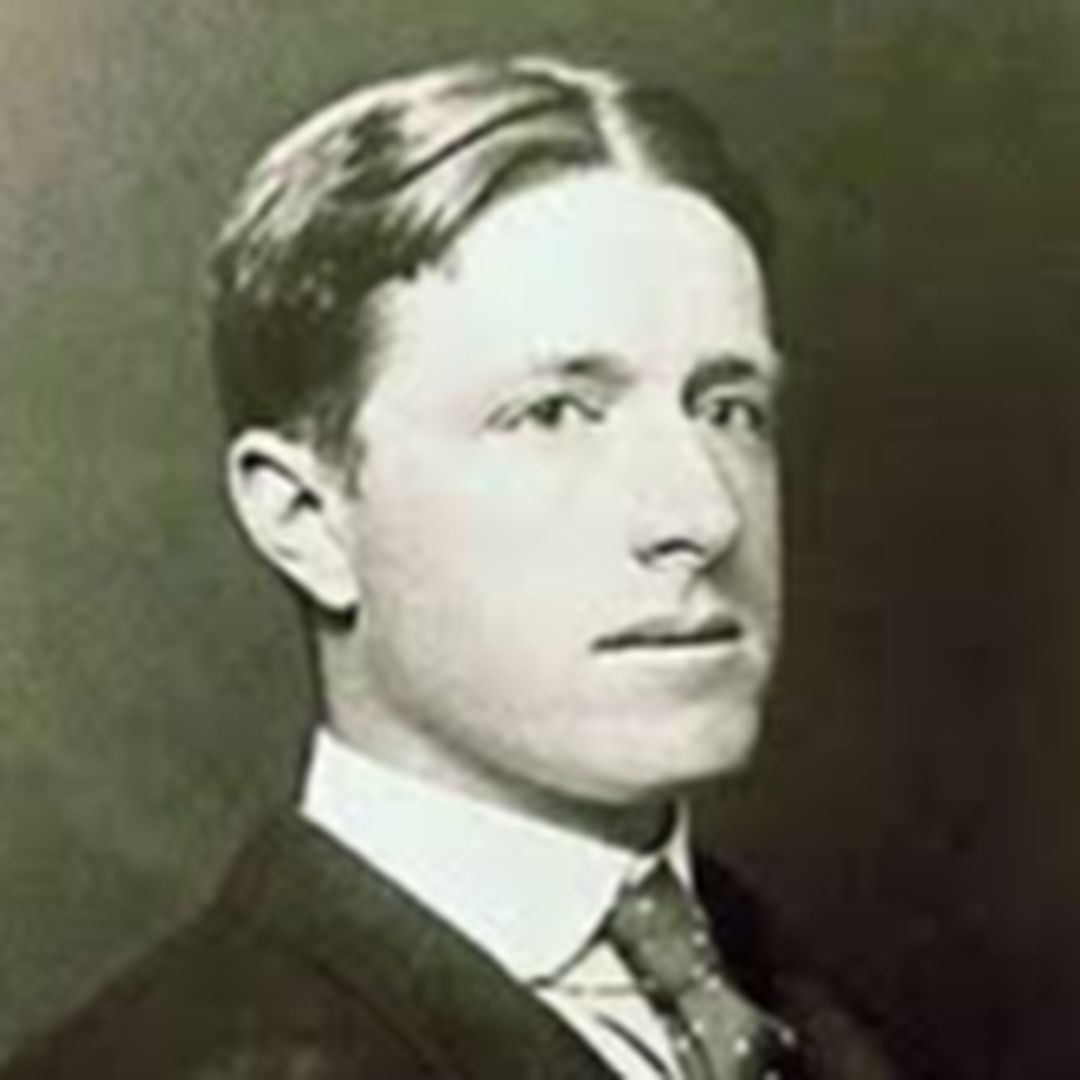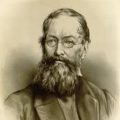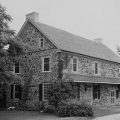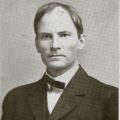Arthur Shurcliff
The Revival Garden Master
November 12, 1957
Today is the anniversary of the death of the Landscape Architect Arthur Shurcliff.
After receiving his degree in Mechanical Engineering from MIT, Arthur discovered the field of Landscape Architecture. Although the field was beginning to take off thanks to the Olmsteds, Charles Eliot, and the Chicago World's Fair, there were no formal degree programs for the field. As a result, Arthur cobbled together his own curriculum at the Lawrence School of Science at Harvard.
All his life, Arthur had a lifelong love for the outdoors. He especially enjoyed camping, canoeing, scenery, and sketching. Looking back on his pursuit of Landscape Architecture, Arthur reflected,
"All led me away from mechanics toward scenery, toward planning and construction for the scenes of daily life..."
In terms of his career, Arthur will forever be remembered for the work he did at Colonial Williamsburg.
The project at Williamsburg was funded by John D. Rockefeller and the mission was a total community restoration. The scope was enormous. Arthur had over 30 years of experience when he started work on the project on St. Patrick's Day in 1928. In addition to his Landscape Architecture skills; Arthur leveraged his training in engineering, his meticulousness, and his personal energy, and charm.
It wasn't just the buildings that needed restoration; it was the land, the paths, the streets, the gardens, and green spaces. Arthur wrote about his daily quest to uncover the past. One entry said:
“Wednesday morning saw me in the old-fashioned gardens in the heart of the town.
These old places… now gone to decay are filled with a kind of golden glory which is lacking in the new gardens.
The old lattice trellises, ruined box hedges, and even the weed-grown paths seem to have the glamor of the sunshine from the olden days.”
Every aspect of the town was fully researched. When it came to garden plans and plant selection, Arthur insisted that authenticity was paramount. For example, Arthur’s team actually searched for original fence-post holes to determine the colonially-accurate backyard. It’s no wonder that it took Arthur 13 years to finish the project.
Arthur’s signature plant was the boxwood which he called Box for short. Williamsburg required boatloads of Box and Arthur wrote,
“In replanting Williamsburg places much use should be made of Box… even allowing it to dominate the parterres and bed traceries…
Generous use of box in this manner [will define the] display and [help with the] upkeep of flowers especially in the dry season...”
Arthur’s passion could get the best of him. The woman who lived at the St. George Tucker House, wrote this entry in her diary in January 1931:
“Today I was asked to go over the yard with Mr. Arthur Shurcliff…
I found him a very alarming person! Somehow the idea of changing the yard and garden is much more repellent to me than changing the house, and this is such a terribly enthusiastic man!”
When Arthur returned in May, she wrote,
“[He came] down like a wolf on the fold again today. He rushed in and out... with charts and plans for all sorts of alarming ‘landscapes’ in our yard.
He has boxwood on the brain.”
Luckily for Arthur, his charm counteracted any hesitance caused by his exuberance. When Colonial Williamsburg was revealed to the public in 1934, Arthur’s Colonial Revival style gardens — complete boxwood — caused a sensation. Soon, Revival garden design appeared in suburbs all across America.
Once the restoration was complete, Arthur Shurcliff had redefined Williamsburg. By reclaiming the past, Colonial Williamsburg found a path forward. And, thanks to Arthur’s incredible efforts, revival garden design took its place in 20th Century Landscape Architecture.
This post was featured onThe Daily Gardener podcast:
helping gardeners find their roots,
one story at a time






